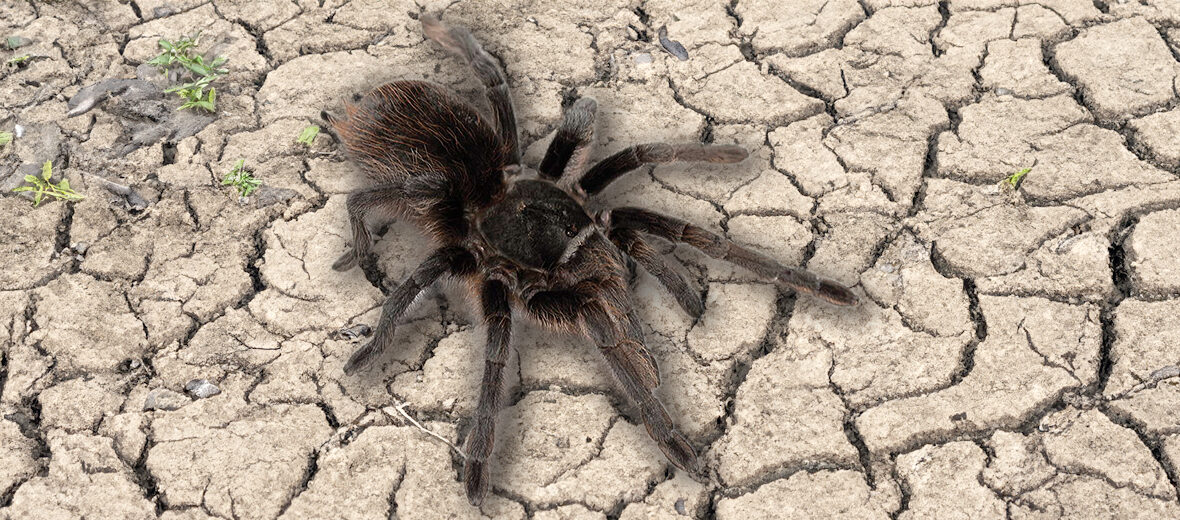
The Grand Canyon black tarantula is found in Arizona, Colorado, New Mexico, and Utah. They, like all tarantulas, are venomous. However, their venom is not lethal to humans in any way. That being said, you’ll know if you’ve been bitten. These tarantulas don’t face any substantial threats and have an abundant population, and thus not listed with the IUCN. This article is dedicated to my friend Kevin.
First the Stats…
Scientific name: Aphonopelma marxi
Weight: Up to 1+ ounce
Length: Up to 2+ inches, plus up to a 4+ inch leg span
Lifespan: Up to 30 years
Now on to the Facts!
1.) As is the case for all tarantulas, males barely live even a 3rd of the length of time as females. This is, in part, due to female predation during mating.
2.) Aphonopelma behlei and Aphonopelma vogelae were, at 1 time, considered separate species. They are now considered the same species, just different colorations, aka morphs.
3.) These, like all tarantula species, are covered in urticating hairs. These hairs not only help detect vibrations caused from prey and predator alike, but they also can be shed, aka kicked, off the body and flung at a perceived threat.
4.) Urticating hairs, if they come into contact with a person or animal’s skin, can cause substantial itching, burning, and irritation. If the hairs get into the eyes, retinal damage can occur.
5.) Like all tarantulas, these critters are sexually dimorphic, in that females are much larger than males.
But wait, there’s more on the Grand Canyon black tarantula!
6.) They were first described by Eugène Simon in 1891 as Eurypelma marxi. Placement into the genus Aphonopelma was later made by Andrew M. Smith in 1995.
7.) These critters are widely distributed in what is known as the “Four Corners” of the United States.
Did you know…?
A bite from 1 of these tarantulas is much like many other species of tarantula in that it causes extreme pain, swelling, and redness at the bite point. However, they are not medically significant. Only a few species of tarantula are indeed medically significant, like the peacock tarantula.
8.) Grand Canyon black tarantulas prefer higher elevations and a dry climate.
9.) This species of tarantula is fossorial (spend most of their life in a burrow). Their burrows are also very difficult to find.
10.) The female can lay anywhere from 100 – 500+ eggs each season. The eggs hatch in up to 60 days.
But wait, there’s still more on the Grand Canyon black tarantula!
11.) Females protect their eggs via a silken sac and vigilantly watch over them until they hatch.
12.) Like other tarantulas, they prey on various insects and also on smaller rodents.
Now a Short Grand Canyon Black Tarantula Video!
Be sure to share & comment below! Also, check out the Critter Science YouTube channel. Videos added regularly!
Want to suggest a critter for me to write about? Let me know here.
Some source material acquired from: Wikipedia & IUCN
Photo credit: Chris A. Hamilton, Brent E. Hendrixson, Jason E. Bond




